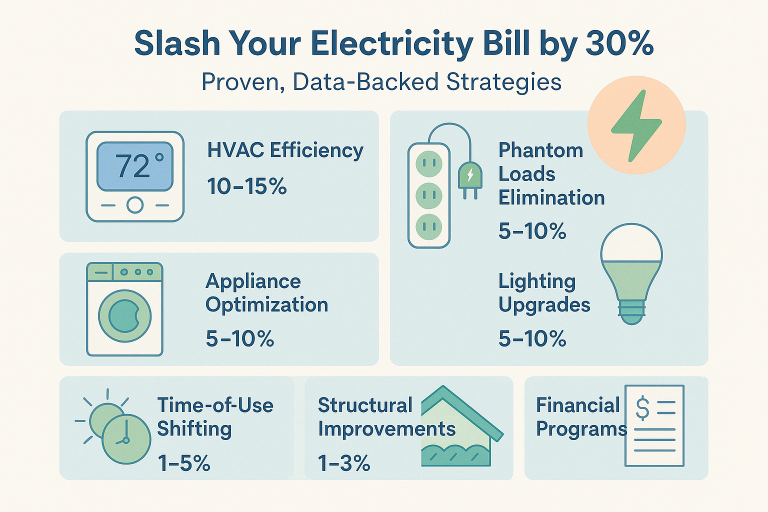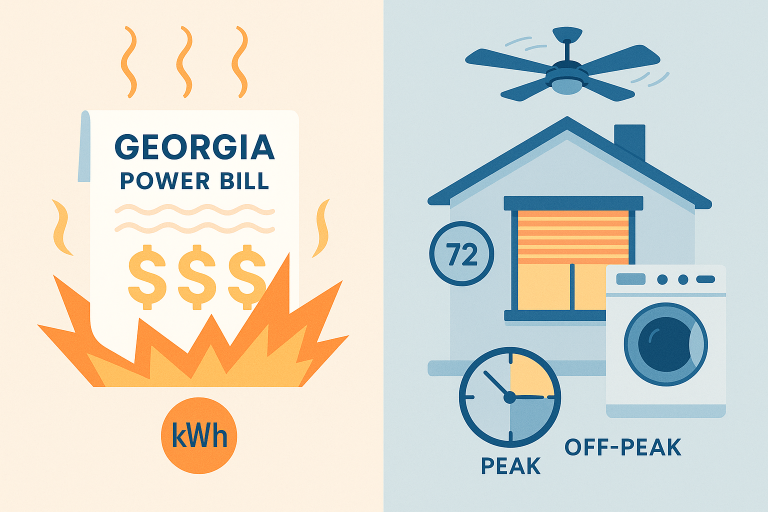The Science Behind Phantom Power: Why Your TV Isn’t Truly “Off”
You press the power button on your TV remote, the screen goes dark, and you head to bed. But behind that blank screen, a hidden process is at work—your TV is still using electricity. This mysterious energy drain, known as phantom power (or “vampire power”), is a quirk of modern electronics that costs households billions annually. Let’s unravel the science behind why your TV never fully shuts off—and what you can do about it.
What Is Phantom Power?
Phantom power is the electricity devices consume when they’re “off” but still plugged in. For TVs, this powers features like:
- Standby circuits (to respond to remotes or voice commands).
- Software updates (for smart TVs).
- Clock displays or LED status lights.
- Network connectivity (Wi-Fi or Ethernet for streaming apps).
Even in standby mode, your TV’s internal components stay active, quietly sipping energy 24/7.
The Engineering Behind Standby Mode
Modern TVs are designed for convenience, not efficiency. Here’s how they bypass a true “off” state:
1. The Transistor Trap
- TVs rely on transistors (tiny electronic switches) to regulate power. When “off,” a small current still flows to keep these transistors primed for instant reactivation.
- Why it matters: This “ready” state ensures your TV boots up quickly but requires constant low-level power.
2. The Remote Control Conundrum
- Your TV’s infrared (IR) or Bluetooth receiver stays active to detect remote signals.
- Fun fact: Older CRT TVs used zero standby power—turning them off meant truly off. Modern tech sacrifices efficiency for speed.
3. Smart Features = Smarter Power Drain
- Smart TVs need standby power to:
- Maintain internet connections for updates.
- Run background apps (e.g., Netflix pre-loading content).
- Support voice assistants like Alexa or Google Assistant.
- The irony: The “smart” in smart TVs makes them less energy-smart when idle.
How Much Power Are We Talking?
- Standby consumption:
- Modern LED/OLED TVs: 0.5–3 watts.
- Older Plasma TVs: 5–10 watts (due to bulkier circuitry).
- Annual impact:
2 W×24 hours/day×365 days=17.5 kWh/year2W×24hours/day×365days=17.5kWh/year.
At 2.63/year per TV**—but multiply this across all household devices, and it’s a stealthy budget leak.
The Environmental Cost of Convenience
Phantom power isn’t just a wallet drain—it’s a climate issue:
- **U.S. households waste $10 billion/year on standby power (DOE).
- CO2 emissions: 17.5 kWh ≈ 24 lbs of CO2 annually per TV—equivalent to burning 12 pounds of coal.
Why Can’t TVs Just Turn Completely Off?
Blame consumer demand for instant gratification:
- Instant-On Culture: Users expect TVs to boot in 1–2 seconds, not 30.
- Background Updates: Smart TVs download patches overnight to avoid interrupting viewing.
- Regulatory Gaps: Energy Star standards limit but don’t eliminate standby power.
Defeating Phantom Power: 5 Science-Backed Solutions
- Smart Power Strips:
- Cut power to peripherals (soundbars, gaming consoles) when the TV is off.
- Manual Unplugging:
- The only 100% effective method—but impractical for wall-mounted TVs.
- Enable “Eco Mode”:
- Reduces standby power by disabling non-essential features.
- Opt for “Hard Off” Outlets:
- Some advanced outlets let you toggle standby power via smartphone.
- Upgrade Strategically:
- ENERGY STAR TVs use 25% less standby power than standard models.
Phantom Power Myth vs. Reality
- Myth: “Standby power is negligible.”
Reality: It accounts for 5–10% of residential energy use (Lawrence Berkeley National Lab). - Myth: “Newer devices don’t have this problem.”
Reality: Smart homes with 40+ connected devices face higher phantom loads.
The Future of Phantom Power
Innovations are tackling standby waste:
- Zero-Watt Standby: Emerging tech uses supercapacitors to power remote sensors without grid draw.
- EU Regulations: By 2027, all devices must have a “networked standby” mode under 2 watts.
- Solar-Powered Remotes: Samsung’s 2021 TV remotes recharge via ambient light, reducing reliance on standby circuits.
Knowledge Is Power (Literally)
Understanding phantom power arms you to make smarter choices. While we can’t escape standby mode entirely, small tweaks—like smart strips or eco settings—add up to real savings. Your TV might never be fully off, but with a few adjustments, you can at least put its vampire tendencies on a leash.




